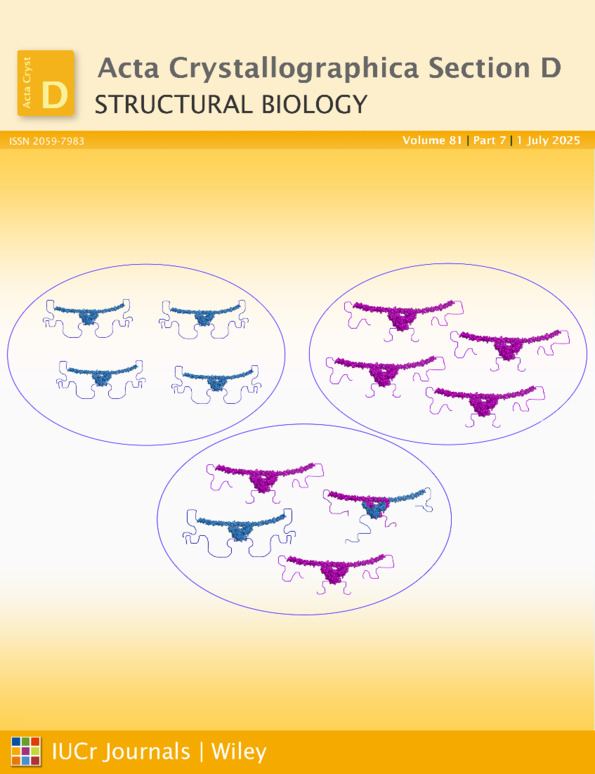Parameter-space screening: a powerful tool for high-throughput crystal structure determination
Abstract
The determination of protein structures on a genomic scale requires both computing capacity and efficiency increases at many stages along the complex process. By combining bioinformatics workflow-management techniques, cluster-based computing and popular crystallographic structure-determination software packages, an efficient and powerful new tool for structural biology/genomics has been developed. Using the workflow manager and a simple web interface, the researcher can, in a few easy steps, set up hundreds of structure-determination jobs, each using a slightly different set of program input parameters, thus efficiently screening parameter space for the optimal input-parameter combination, i.e. a set of parameters that leads to a successful structure determination. Upon completion, results from the programs are harvested, analyzed, sorted based on success and presented to the user via the web interface. This approach has been applied with success in more than 30 cases. Examples of successful structure determinations based on single-wavelength scattering (SAS) are described and include cases where the `rational' crystallographer-based selection of input parameters values had failed.




